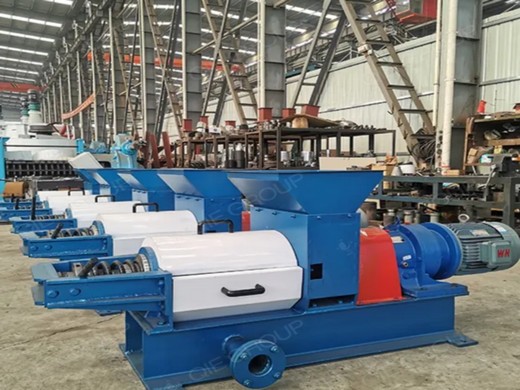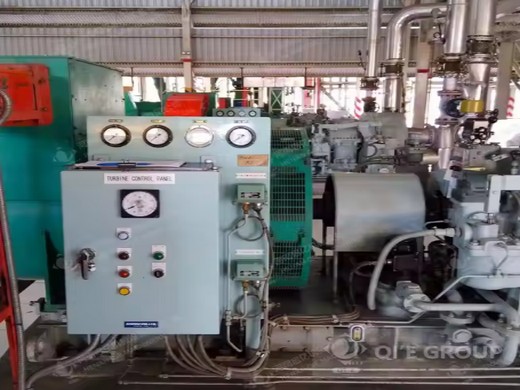The Differences in Palm Olein & Palm Oil LEAFtv
Palm oil and palm olein originate from the same plant, a palm species known as E. Guineesis. This plant grows in South East Asia, Africa and Latin America, and humans have been consuming various parts of it for over 5,000 years.
One Green Planet has plenty of posts on the ethics of palm oil.We all know that palm oil is an environmental disaster; it is a major cause of deforestation and habitat loss, specifically for
Palm Oil: Good or Bad? healthline
Palm oil is a popular oil found in many foods. While it may have some health benefits, its production has major environmental and ethical concerns.
Palm oil is literally everywhere in our foods, cosmetics, cleaning products and fuels. It’s a source of huge profits for multinational corporations, while at the same time destroying the livelihoods of smallholders. Displacement of indigenous peoples, deforestation and loss of biodiversity are all consequences of our palm oil consumption.
A LIST OF PALM OIL FREE PRODUCTS HOW YOU
Palm Oil is the most environmentally damaging ingredients on the market today. To help you minimise your impact, here is a list of Palm Oil Free Products for everyday life The ones to take out of your shopping basket, and the ones you should leave in!
Palm oil is the most cost-competitive and versatile vegetable oil, and makes up the largest portion of global vegetable oil production. When produced responsibly, it can support millions of livelihoods globally and reduce pressure on forests and sensitive ecosystems.
Palm oil Transport Informations Service
Palm oil is a dark yellow to yellow-red oil (high carotene content) of vegetable origin obtained by pressing or boiling the flesh of the fruit of the oil palm (Elaeis guineensis). Palm oil differs from palm kernel oil, the latter being obtained from the kernels of the oil palm. Quality / Duration of storage The acid value of an oil
Peru did not mention that an oil pipeline was under consideration. “We’re interested in investing in Peru’s Ilo port. We’re working to build a large storage plant for imports of gasoline
VEGETABLE OILS IN FOOD TECHNOLOGY: Composition,
palm, rape/canola, and sunXower. These chapters are followed by chapters on the two lauric oils (coconut and palmkernel), cottonseed oil, groundnut (pea-nut) oil, olive oil, corn germ oil and three minor but interesting oils (sesame, rice bran, and Xaxseed).
Take Action. Right here, right now, we need you and millions of others to come together and create a movement for change. Lots of small actions make a big difference and so we’ve pulled together a huge selection of ways you can take personal actions or join with other change-makers all over the world, to have a real impact on issues you care about.
- What percentage of palm oil is produced in Peru?
- Peruvian palm oil makes up only 3.7 percent of Latin American production, dwarfed by Colombian and Guatemalan palm oil, which accounts for 32.3 percent and 15.3 percent respectively.10Even so, the Peruvian palm oil market is expanding quickly with a 56 percent growth rate in production between 2013 and 2018.
- Where can oil palm grow in Peru?
- San Martín and Ucayali, both located in the Amazon region, currently account for 98 percent of Peru’s oil palm area. Production could expand within each of these provinces as well as into the Cusco and Amazonas regions.
- Is Peru a sustainable palm oil producer?
- • Recent growth in palm oil production has transformed Peru from a net importer to a net exporter. • Peru is experiencing a trend away from smallholder farming to large production. • No palm oil group can currently guarantee sustainable palm oil, despite some being members of the Roundtable on Sustainable Palm Oil (RSPO).
- How sustainable is Peru's palm oil?
- • Peru is experiencing a trend away from smallholder farming to large production. • No palm oil group can currently guarantee sustainable palm oil, despite some being members of the Roundtable on Sustainable Palm Oil (RSPO). • The export market for Peruvian palm oil is dominated by Grupo Romero and its subsidiaries.
- Who exports Peruvian palm oil?
- • The export market for Peruvian palm oil is dominated by Grupo Romero and its subsidiaries. • Cargill Americas Peru SPL stands out for its role as one of the leading Peruvian palm oil exporters in 2016 and 2017, along with being a subsidiary of the largest private US company.
- How big is Peru's oil palm area?
- Peru’s estimated area for 2016/17 remains 38,000 hectares, located mainly within the provinces of San Martín, Ucayali, Loreto, and Huánuco. San Martín and Ucayali, both located in the Amazon region, currently account for 98 percent of Peru’s oil palm area.






